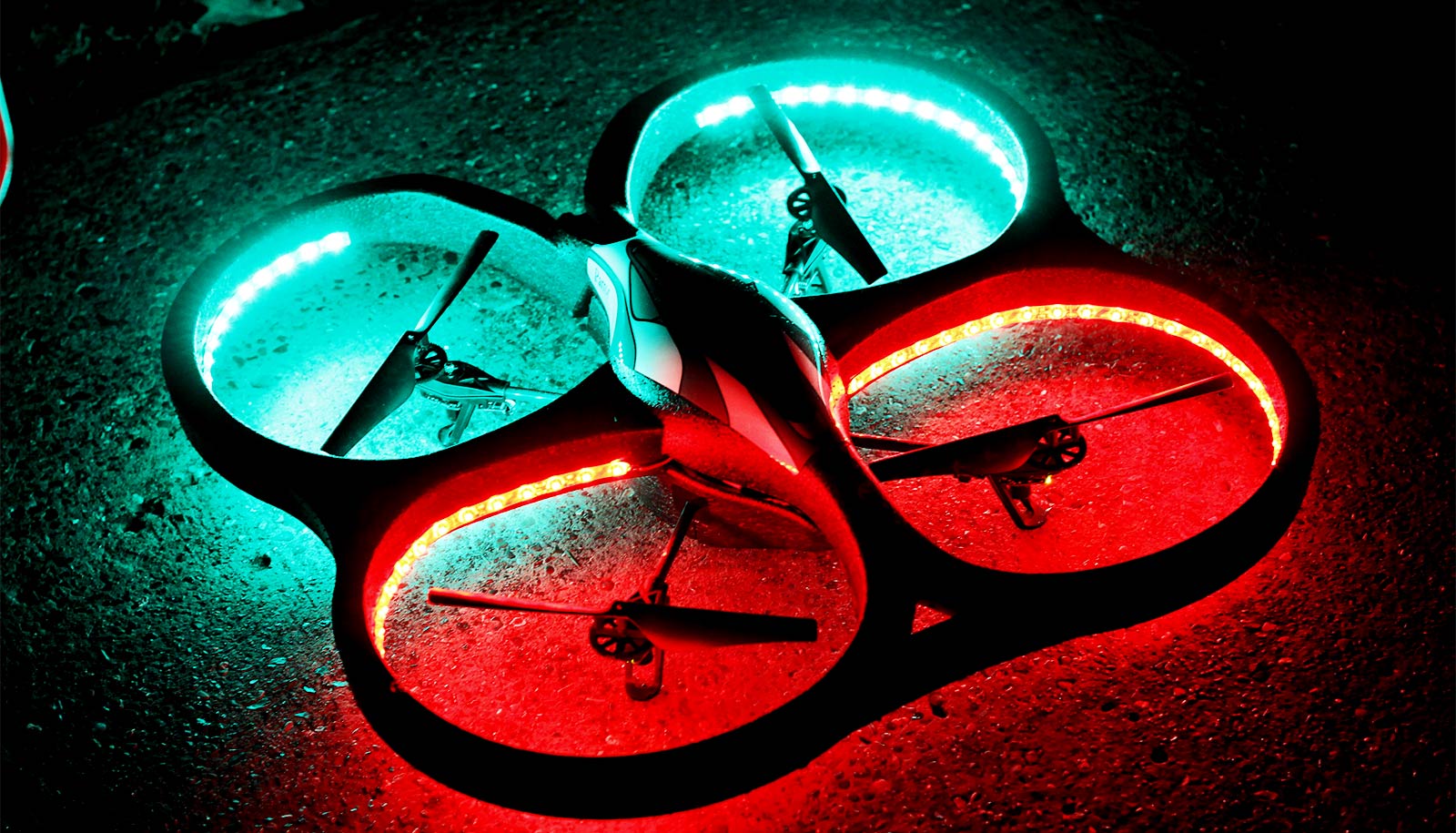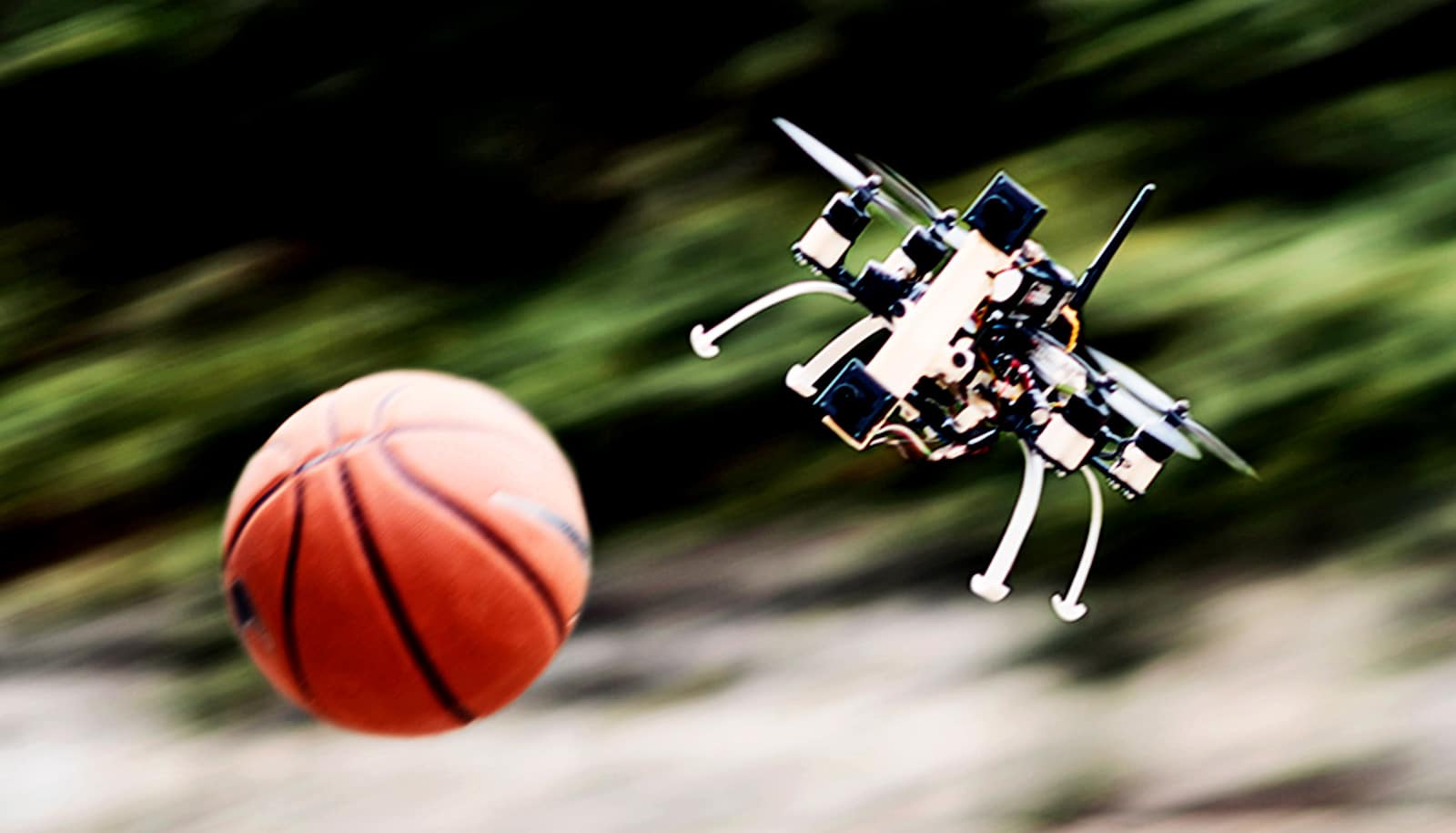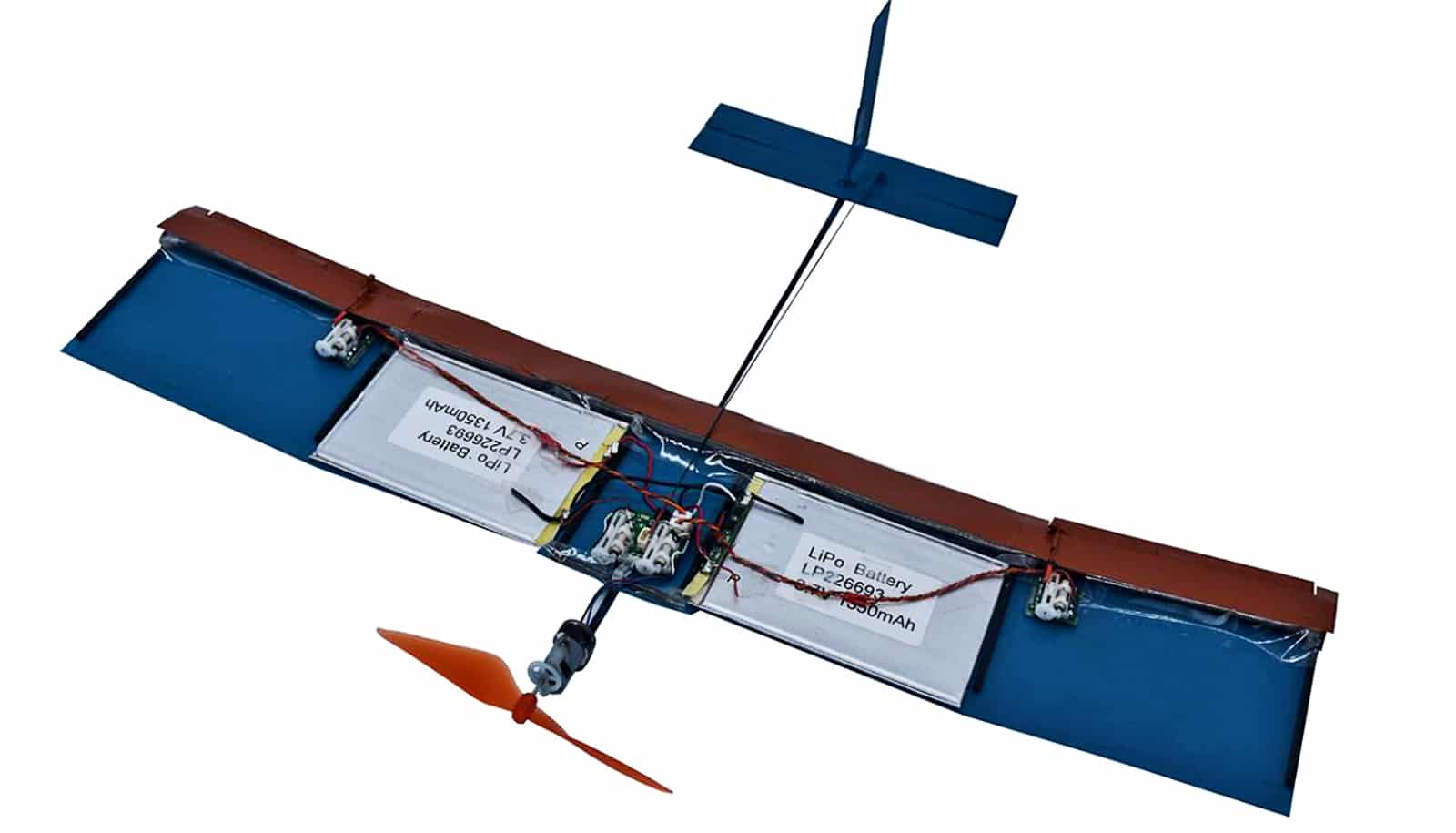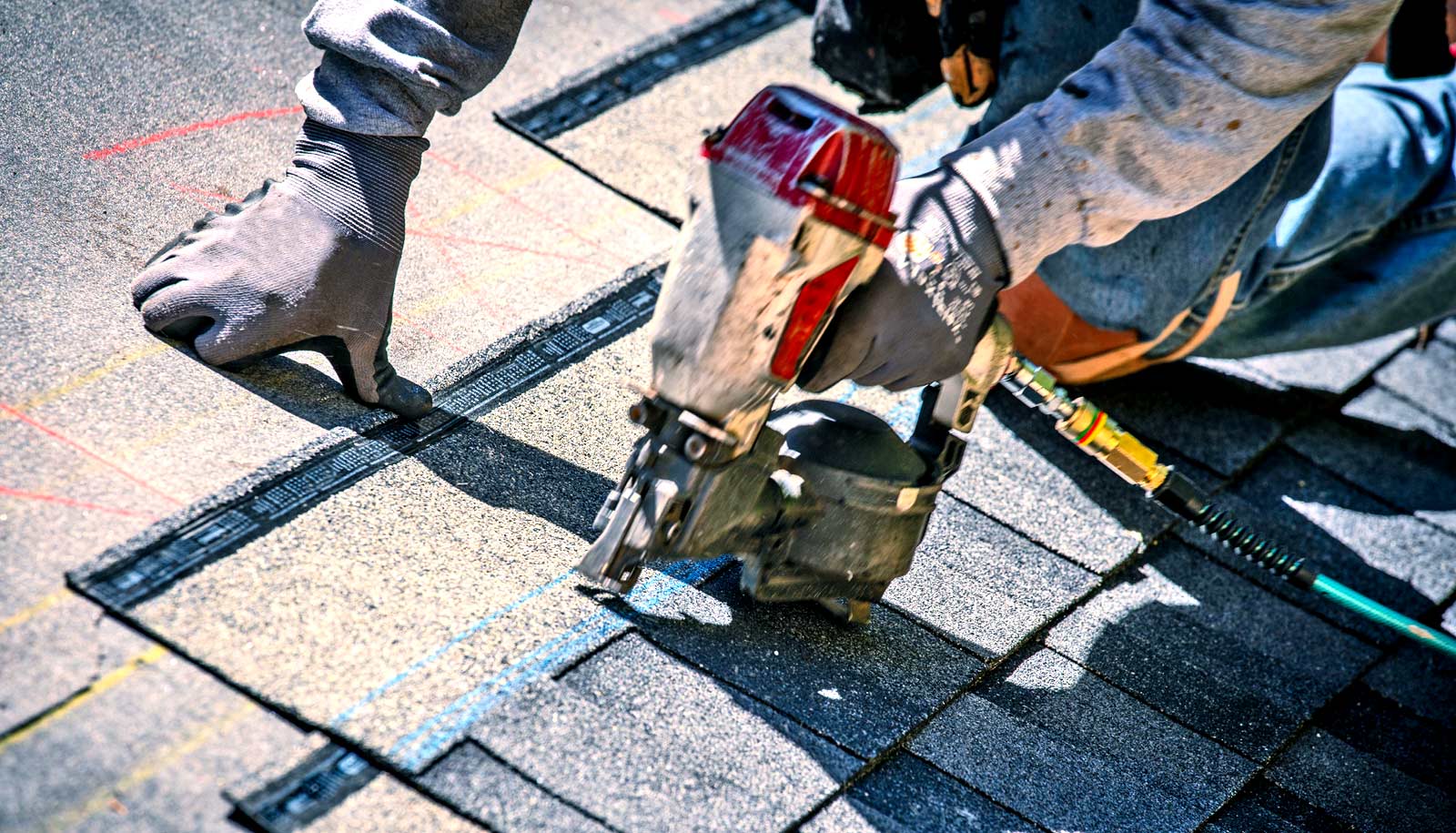A new quadcopter drone can learn to pull off acrobatic maneuvers, researchers report.
While a power loop or a barrel role might not be needed in conventional drone operations, a drone capable of performing these kinds of maneuvers is likely to be much more efficient.
The maneuvers can push the drone to its physical limits, help make full use of its agility and speed, and allow it cover more distance within its battery life.

Since the dawn of flight, pilots have used acrobatic maneuvers to test the limits of their airplanes. The same goes for flying drones: Professional pilots often gauge the limits of their drones and measure their level of mastery by flying such maneuvers in competitions
Now, the researchers have developed a navigation algorithm that enables drones to autonomously perform various maneuvers—using nothing more than onboard sensor measurements.
To demonstrate the efficiency of their algorithm, the researchers flew maneuvers such as a power loop, a barrel roll, or a matty flip, during which the drone is subject to very high thrust and extreme angular acceleration.
“This navigation is another step towards integrating autonomous drones in our daily lives,” says Davide Scaramuzza, robotics professor and head of the robotics and perception group at the University of Zurich.
At the core of the novel algorithm lies an artificial neural network that combines input from the onboard camera and sensors and translates this information directly into control commands. The neural network is trained exclusively through simulated acrobatic maneuvers.
This has several advantages: Maneuvers can easily be simulated through reference trajectories and doon’t require expensive demonstrations by a human pilot. Training can scale to a large number of diverse maneuvers and does not pose any physical risk to the quadcopter.
Only a few hours of simulation training are enough and the quadcopter is ready for use, without requiring additional fine-tuning using real data. The algorithm uses abstraction of the sensory input from the simulations and transfers it to the physical world. “Our algorithm learns how to perform acrobatic maneuvers that are challenging even for the best human pilots,” says Scaramuzza.
However, the researchers acknowledge that human pilots are still better than autonomous drones. “Human pilots can quickly process unexpected situations and changes in the surroundings, and are faster to adjust,” says Scaramuzza.
Nevertheless, the robotics professor is convinced that drones used for search and rescue missions or for delivery services will benefit from being able to cover long distances quickly and efficiently.
A paper on the work will appear in Robotics: Science and Systems. Intel also contributed to the work.
Source: University of Zurich



